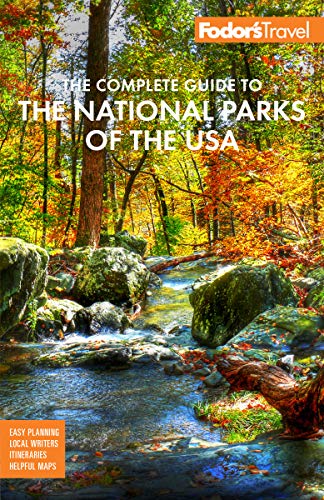Plants and Wildlife in Death Valley
There's a general misconception that Death Valley National Park consists of mile upon endless mile of flat desert sands, scattered cacti, and an occasional cow skull. Many people don't realize that across the valley floor from Badwater—the lowest point in the Western Hemisphere—Telescope Peak towers at 11,049 feet above sea level. The extreme topography of Death Valley is a lesson in geology. Two hundred million years ago, seas covered the area, depositing layers of sediment and fossils. Between 3.5 million and 5 million years ago, faults in the Earth's crust and volcanic activity pushed and folded the ground, causing mountain ranges to rise and the valley floor to drop. The valley was then filled periodically by lakes, which eroded the surrounding rocks into fantastic formations and deposited the salts that now cover the floor of the basin.
Most animal life in Death Valley (51 mammal, 36 reptile, 307 bird, and 3 amphibian species) is found near the limited sources of water. The bighorn sheep spend most of their time in the secluded upper reaches of the park's rugged canyons and ridges. Coyotes often can be seen lazing in the shade next to the golf course and have been known to run onto the fairways to steal a golf ball. The only native fish in the park is the pupfish, which grows to slightly longer than one inch. In winter, when the water is cold, the fish burrow into the bottom mud and lie dormant, becoming active again in spring. Because they are wary of large moving shapes, you must stand quietly over a pool at Salt Creek to see them.
Botanists say there are more than 1,000 species of plants here (21 exist nowhere else in the world), though many annual plants lie dormant as seeds for all but a few months in spring, when rains trigger a bloom. The rest congregate around the few water sources. Most of the low-elevation vegetation grows around the oases at Furnace Creek and Scotty's Castle, where oleanders, palms, and salt cedar grow. At higher elevations you will find pinyon, juniper, and bristlecone pine.




